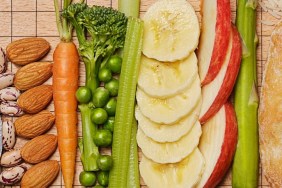When I married my husband, I knew that there would be certain lifestyle choices that he would never bend on. He never manages to get his damn socks in the hamper, he loves to be outside no matter the weather, and we would always eat organic without question. Now that we have three kids and life is dramatically more expensive, eating organic…








